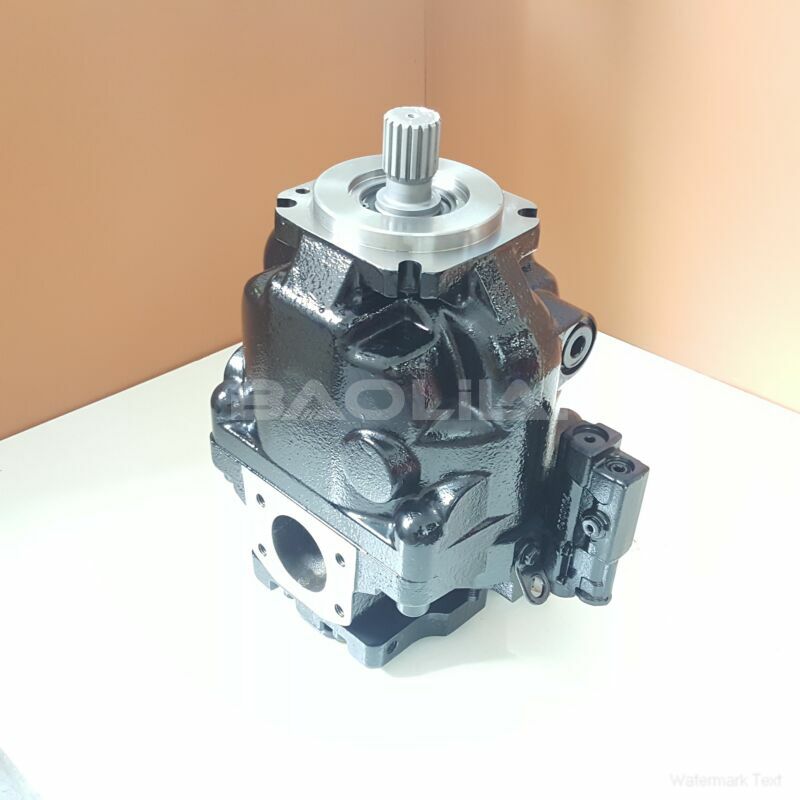ERL147CLS1820NNN3S1NPA1NNNNNNNNNN hydraulic pump
ERL147CLS1820NNN3S1NPA1NNNNNNNNNN hydraulic pump

- Product Details
- Applicable Scene
High temperatures can lower the fluid’s density, which in turn affects the pressure. Implementing cooling systems or heat exchangers can help maintain an optimal fluid temperature, thus lowering the likelihood of cavitation.
ER-L-147C-LS-18-20-NN-N-3-S1NP-A1N-NNN-NNN-NNN
ERL147CLS1820NNN3S1NPA1NNNNNNNNNN
Control Flow Velocity

83001423
High velocities can lead to pressure drops and turbulence, contributing to cavitation. Installing flow control devices or optimizing the system’s operation parameters can help maintain lower velocities. Ensuring that the system functions within the optimal flow range will reduce the potential for cavitation occurrences.
Regular Maintenance and Monitoring
Regular inspection and maintenance of hydraulic systems can identify wear and tear that might exacerbate cavitation issues. Monitoring systems for pressure drops and temperature fluctuations allows operators to address potential problems before they escalate.
Use Cavitation-Resistant Pumps
In applications where cavitation is a persistent issue, investing in cavitation-resistant pumps designed specifically to operate in challenging conditions can be beneficial. These pumps are built with advanced materials and designs that minimize damage from cavitation when it does occur.
Conclusion
Cavitation in hydraulic systems can pose a serious threat to operational efficiency and equipment longevity, especially in high-speed fluid circulation applications found in construction. By understanding its causes and implementing the strategies outlined above, operators can significantly minimize the risk of cavitation. Proactive design modifications, careful pump selection, and regular maintenance will not only enhance the performance of hydraulic systems but will also ensure a safer and more sustainable construction environment.





